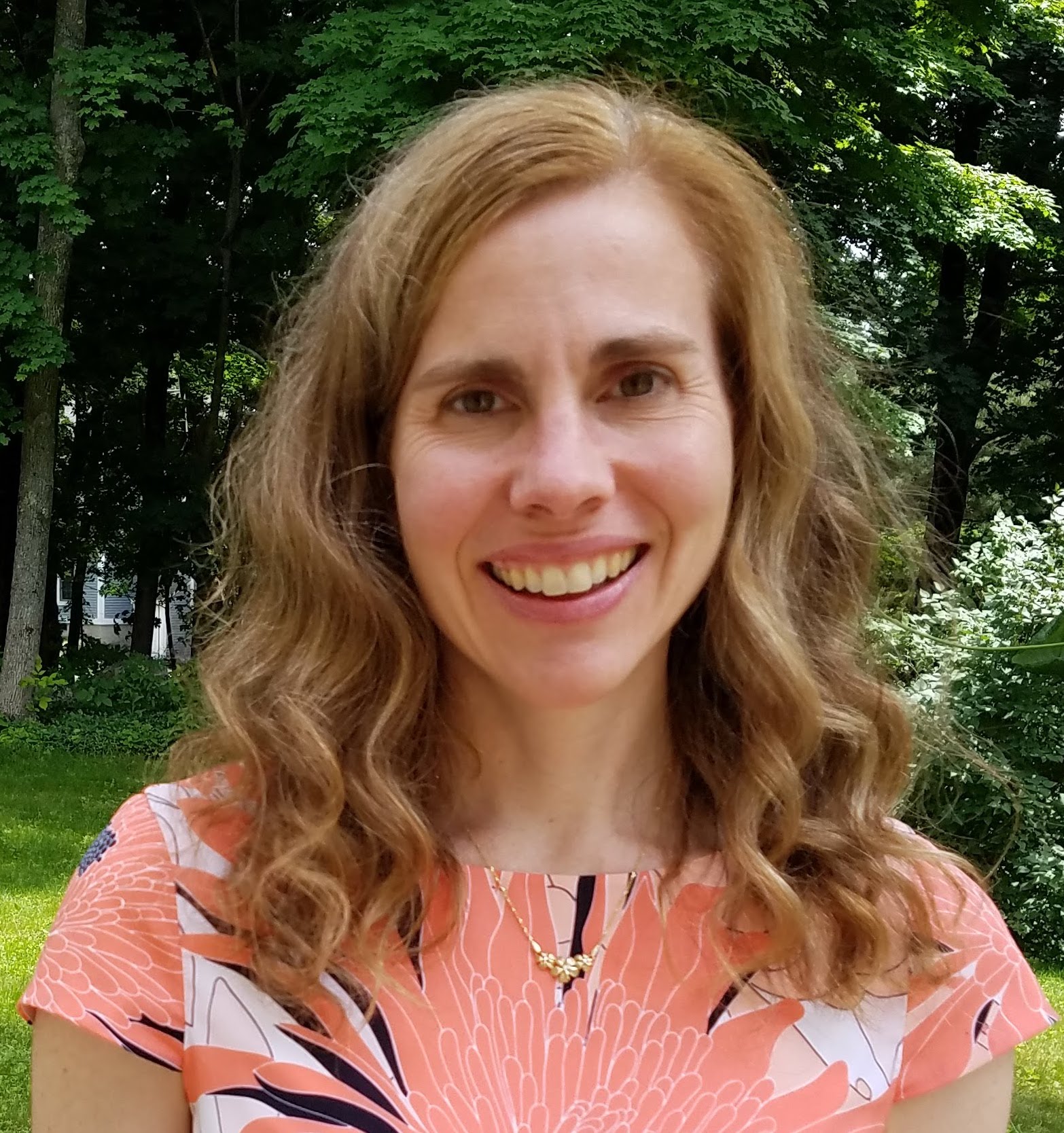
Martha Bulyk
Harvard Medical School
New Research Building, Room 466D
77 Ave. Louis Pasteur
Boston , MA 02115
Tel: 617-525-4725
Email: mlbulyk@receptor.med.harvard.edu
Website:
http://the_brain.bwh.harvard.edu/index.html
Lab Size: Between 10 to 15
Summary
Although numerous eukaryotic genomes have been sequenced, much still remains to be understood about how the genes in those genomes are regulated. The interactions between transcription factors (TFs) and their DNA binding sites are an integral part of the regulatory networks within cells. We employ numerous combined experimental and computational strategies in studying these regulatory interactions, to discover cis regulatory codes in the genome.
To permit a genome-wide scan of all possible TF binding sites in a given genome, we developed universal protein binding microarrays (PBMs), a DNA microarray-based technology that allows rapid, high-throughput characterization of the DNA binding site sequence specificities of proteins. We are using PBMs to study hundreds of TFs in Drosophila and mammals, so that we may predict sets of co-regulatory TFs acting together at candidate transcriptional cis regulatory modules, such as transcriptional enhancers. We are examining the effects of protein-protein interactions in DNA binding. We are also investigating divergence within TF families and how different members of a TF family gain distinct regulatory roles. We are investigating the effects of mutations and naturally occurring genetic variation on human TFs. We are combining sequence, evolutionary, structural, and PBM data to understand the molecular determinants of protein-DNA binding specificity and its evolution. We have developed computational strategies that employ comparative genomics methods for prediction of tissue-specific transcriptional enhancers in fly, and separately in mammals. Many of these predicted enhancers recently have been validated in vivo. In our analyses, we infer each TF’s relative importance for a given cell-type-specific gene expression pattern. We are interested in understanding the quantitative nature of information encoded within transcriptional enhancers, as it pertains to spatiotemporal specificity of enhancer activity. Technology development projects include novel approaches for high-throughput, experimental identification of tissue/cell-type-specific enhancers. The results of these experiments and analyses aim for a better understanding of the functions, locations and organization of DNA regulatory elements, and their evolution.
Publications
Barrera LA, Vedenko A*, Kurland JV*, Rogers JM, Gisselbrecht SS, Rossin EJ, Woodard J, Mariani L, Kock KH, Inukai S, Siggers T, Shokri L, Gordân R, Sahni N, Cotsapas C, Hao T, Yi S, Kellis M, Daly MJ , Vidal M, Hill DE, Bulyk ML. Survey of variation in human transcription factors reveals prevalent DNA binding changes. Science (2016) 351(6280):1450-1454. (*co-2nd authors)
Rogers JM*, Barrera LA*, Reyon D, Sander JD, Kellis M, Joung JK, Bulyk ML. Context influences on TALE-DNA binding revealed by quantitative profiling. Nature Communications (2015) 6:7440
Siggers T, Reddy J, Barron B, Bulyk ML**. Diversification of transcription factor paralogs via noncanonical modularity in C2H2 zinc finger DNA binding. Molecular Cell (2014) 55(4):640-8.
Gisselbrecht SS, Barrera LA, Porsch M, Aboukhalil A, Estep PW 3rd, Vedenko A, Palagi A, Kim Y, Zhu X, Busser BW, Gamble CE, Iagovitina A, Singhania A, Michelson AM, Bulyk ML. Highly parallel assays of tissue-specific enhancers in whole Drosophila embryos. Nature Methods (2013) 10(8):774-780.
*Nakagawa S, *Gisselbrecht SS, *Rogers JM, **Hartl DL, **Bulyk ML. DNA binding specificity changes in the evolution of forkhead transcription factors. Proc Natl Acad Sci USA. (2013) 110(30):12349-54 Epub July 8, 2013.
